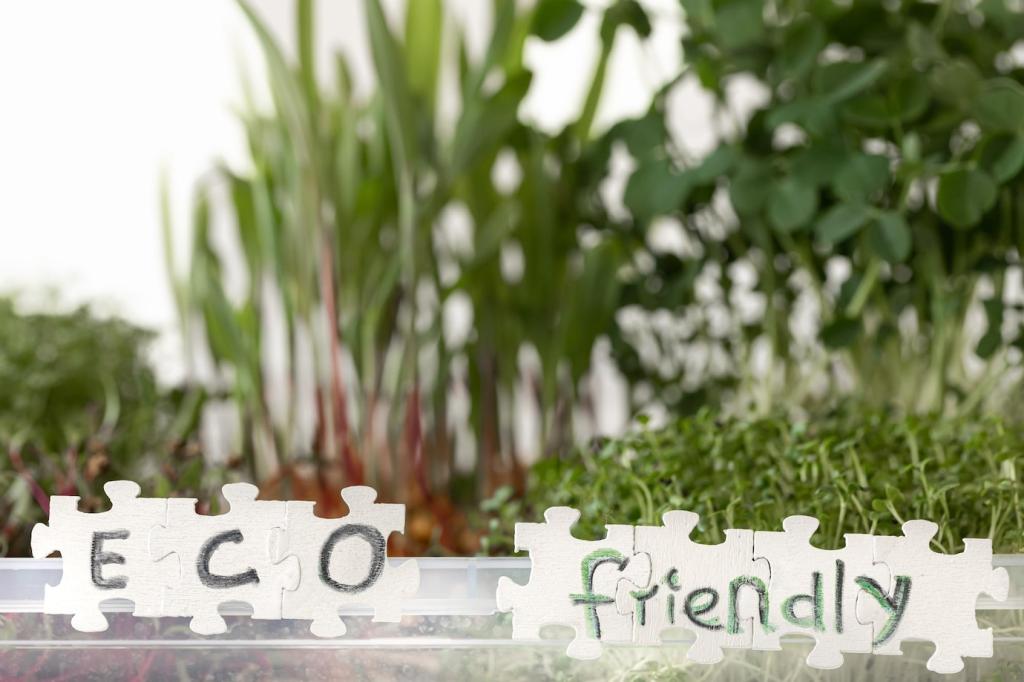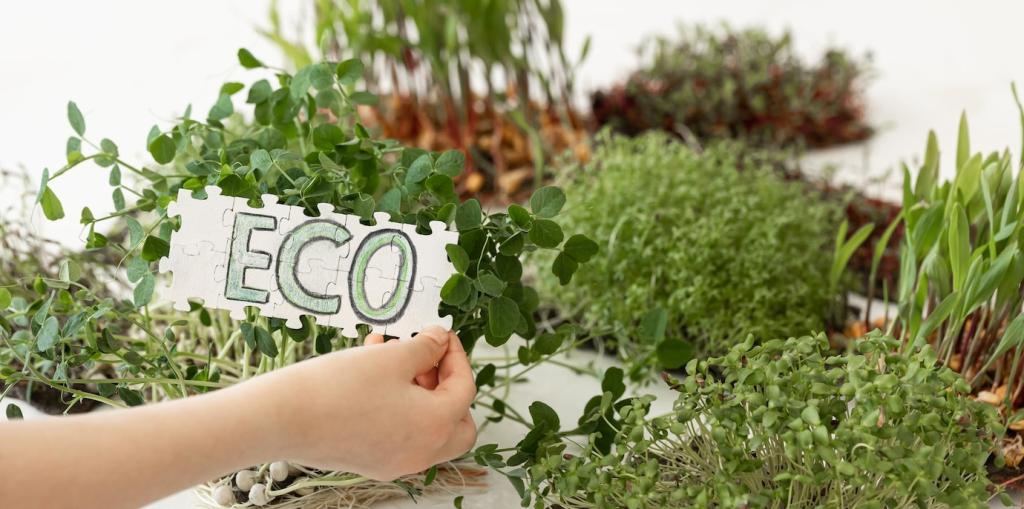Matching Polish to Wood and Finish Types
On well-sealed surfaces, aim for light, even films that buff clean without haze. Water-based biodegradable polishes minimize streaks, while small amounts of plant wax boost scuff resistance. Avoid over-application; too much product invites smearing. Post your before-and-after photos and describe your buffing cloth, pressure, and room humidity for context.
Matching Polish to Wood and Finish Types
These surfaces welcome nourishing oils but demand restraint to prevent build-up. Jojoba and carnauba blends can enhance grain while remaining biodegradable. Apply sparingly, wait a few minutes, then buff thoroughly with microfiber. Do a patch test before proceeding widely. Share wood species, polish type, and buff time to help others.









